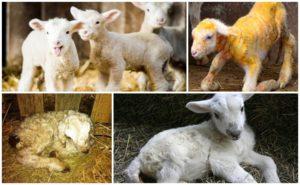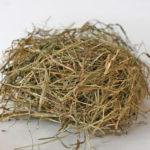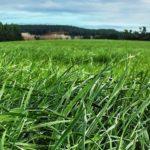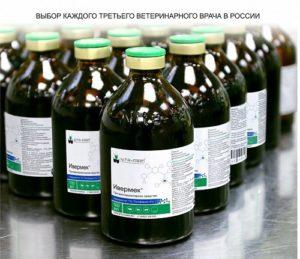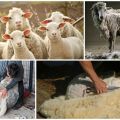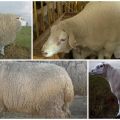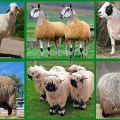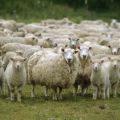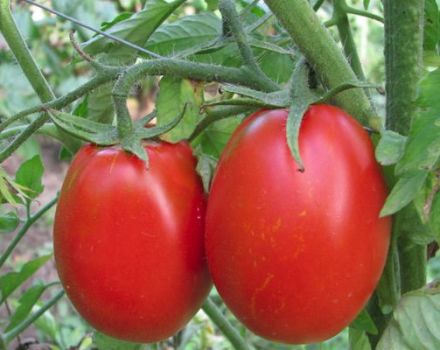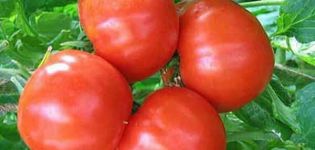Description and characteristics of Karakul sheep, breeding rules
Karakul is considered one of the most widespread sheep breeds in the world. These animals are raised for both wool and milk and meat. Moreover, more often the Karakul breed of sheep is brought up precisely to obtain fur cut from lambs. The wool of young animals is soft and has an attractive appearance, therefore it is often used in the manufacture of garments.
History
Karakul sheep appeared several thousand years ago. The history of the breeding of this breed is unknown. It is believed that the first representatives of this species appeared on the territory that today belongs to Uzbekistan. It is believed that the breed was developed in Central Asia. The Karakul breed differs from other varieties in that it quickly adapts to new living conditions, tolerates climate change well and demonstrates high endurance.
The selection carried out on the territory of Asian countries has brought some changes to the breed of Karakul sheep. These animals have a fat tail, which appears as a result of mixing with fat-tailed lines.
Appearance and characteristics
Karakul sheep are medium in size. The height at the withers of an adult animal reaches 78 centimeters. Sheep weigh 70-75 kilograms, females over 50 kilograms. Outwardly, representatives of this breed are distinguished by the following features:
- pear-shaped and strong body;
- a straight back, but in rams a hump forms over time;
- deep sternum with a bag-like protrusion (not everyone has it);
- elongated limbs with strong hooves;
- Long neck;
- Aquiline nose;
- S-shaped fat tail.
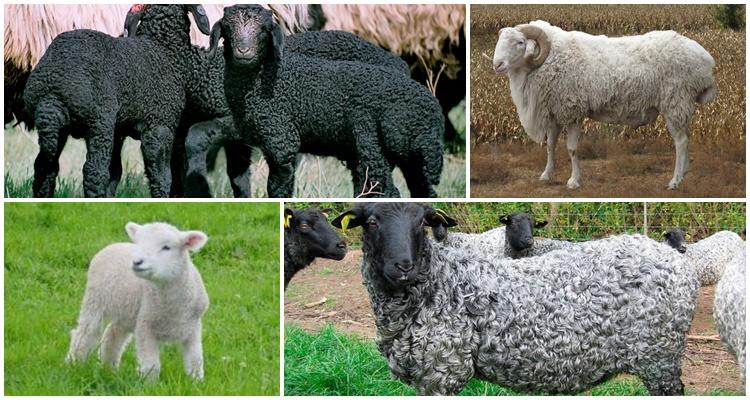
The length of the coat, which becomes tough as it grows, reaches 20 centimeters in adults. The color of 60% of animals is black. But in 25% of cases, the wool becomes gray, and in 5% - white or pink. It is also noteworthy that the pigmentation of the color lasts up to 1.5 years. Subsequently, the coat turns white.
Types of karakul
There are many types of karakul. The most common are the following:
- Valek, or Uzbek karakul. The fur of such animals is thin, with a specific pattern, which is formed by curly hairs. The wool of the Uzbek karakul has no value. Therefore, roller fur is used for mass production of clothing.
- Astragan, or Afghan karakul. The wool of these sheep is dense and coarse, with an intense and normal sheen.Due to its increased wear resistance, astragan fur is appreciated in the market.
- Swakara, or African karakul. The fur of such animals is tightly twisted into small lumps and is characterized by high strength, lightness and plasticity. In this regard, the wool of the African karakul is used in the manufacture of various clothes.
Representatives of breeds with a sur color are also considered in demand. This color is found only in 10% of karakul sheep.
Main advantages and disadvantages
Among the advantages of the Karakul breed are the following:
- ability to adapt quickly;
- unpretentiousness, both to the content and to the diet;
- strong skeleton;
- the ability to withstand temperatures up to +40 degrees;
- a high percentage of survival among young animals with a sharp deterioration in housing conditions;
- lamb wool is prized in the fur industry;
- a wide variety of skin colors;
- suitable for breeding for meat and milk production.
The Karakul breed does not tolerate high humidity. In such conditions, the general indicators decrease: the volume of wool and milk decreases. It is also not recommended to overfeed the animals, as this will lead to the crushing of the livestock. High humidity provokes similar consequences.

Requirements for maintenance and care
It is recommended to keep sheep of the Karakul breed in insulated and dry pens with good ventilation. The minimum temperature tolerated by animals is + 6-8 degrees. The room containing the scribbles must be disinfected periodically. These animals need a regular change of bedding (mainly straw is used).
Karakuls require daily walking. At the same time, it is possible to drive out to pastures only after the dew has dried.
How and what to feed the breed
During the year, the daily diet of Karakul sheep should include:
- legumes;
- grass;
- hay;
- straw;
- oats, rye, corn, or wheat;
- fresh vegetables or root vegetables;
- salt.
The winter diet is recommended to be composed of cereals (make up at least 25% of the volume of complementary foods) and oil cake (13%). It is also recommended to give salt (1%) and dicalcium phosphate (1%) during this period. It is forbidden to feed adult animals with sour grains, beets and marsh grasses, young animals - bread.
In addition, sheep need to ensure free access to clean water (rams consume up to a liter per day).
Features of breeding karakul sheep
Sexual maturity in Karakul sheep occurs by 6-8 months, but the first mating is recommended not earlier than 1.5 years. Females are capable of producing up to 130-150 lambs during their life and subject to constant walking in the pasture. The mating is carried out during the hunting period. The latter manifests itself in the form of aggressive behavior, swelling and redness of the genitals, the release of characteristic fluids. Moreover, this period lasts no more than two days. It is recommended to mate no more than once a year.
If the animal is healthy, then childbirth takes place without human intervention. Each lamb appears at an interval of about 15 minutes. 1-1.5 weeks before delivery (occurs 5 months after fertilization), it is necessary to prepare a separate room for the female.

Frequent illnesses
Doodles are distinguished by strong immunity, so they get sick, mainly due to non-compliance with the rules of content. In particular, digestive disorders are noted in young animals. Infectious diseases are not typical for doodles. However, this breed is not fully protected from the development of rabies, brucellosis, tuberculosis and other infectious pathologies.
Breeding areas
The Karakul breed is bred in 50 countries of the world. Mostly these animals are kept in regions with a warm and dry climate: in Central Asia, on the territory of Ukraine and the United States.Scribbled farms are also found in Europe and Africa.
